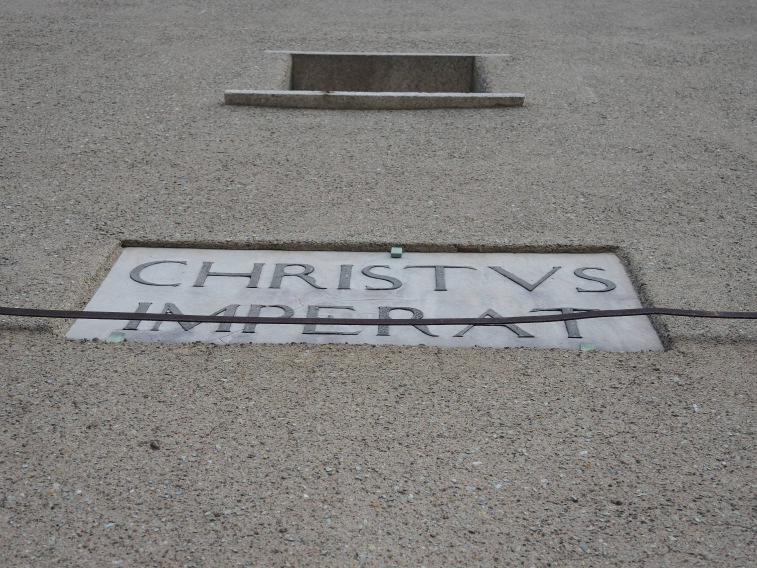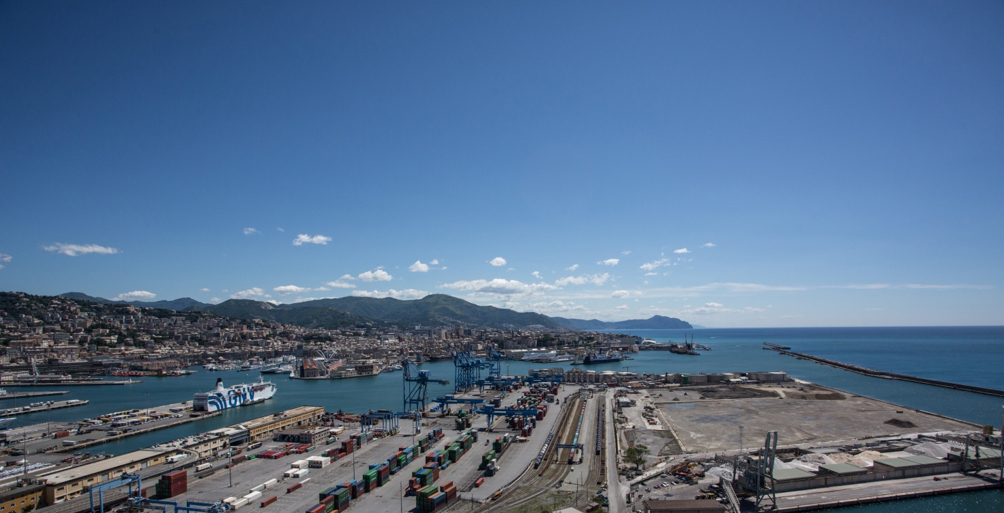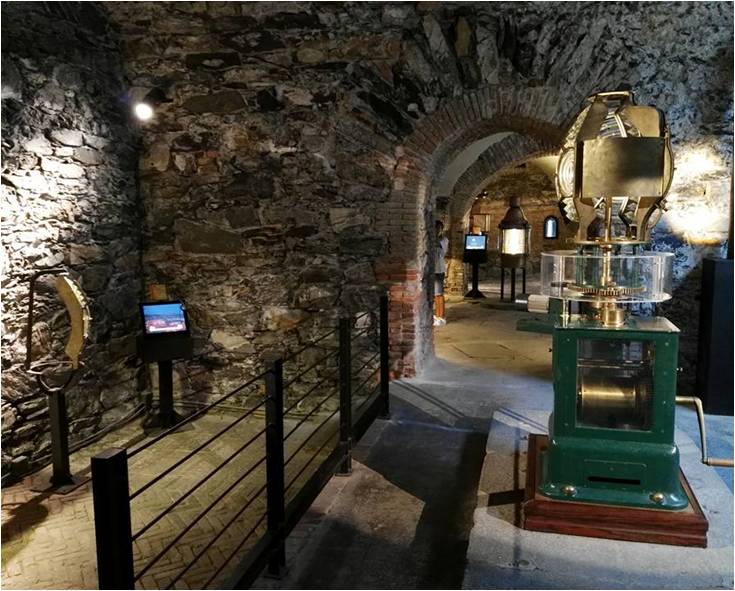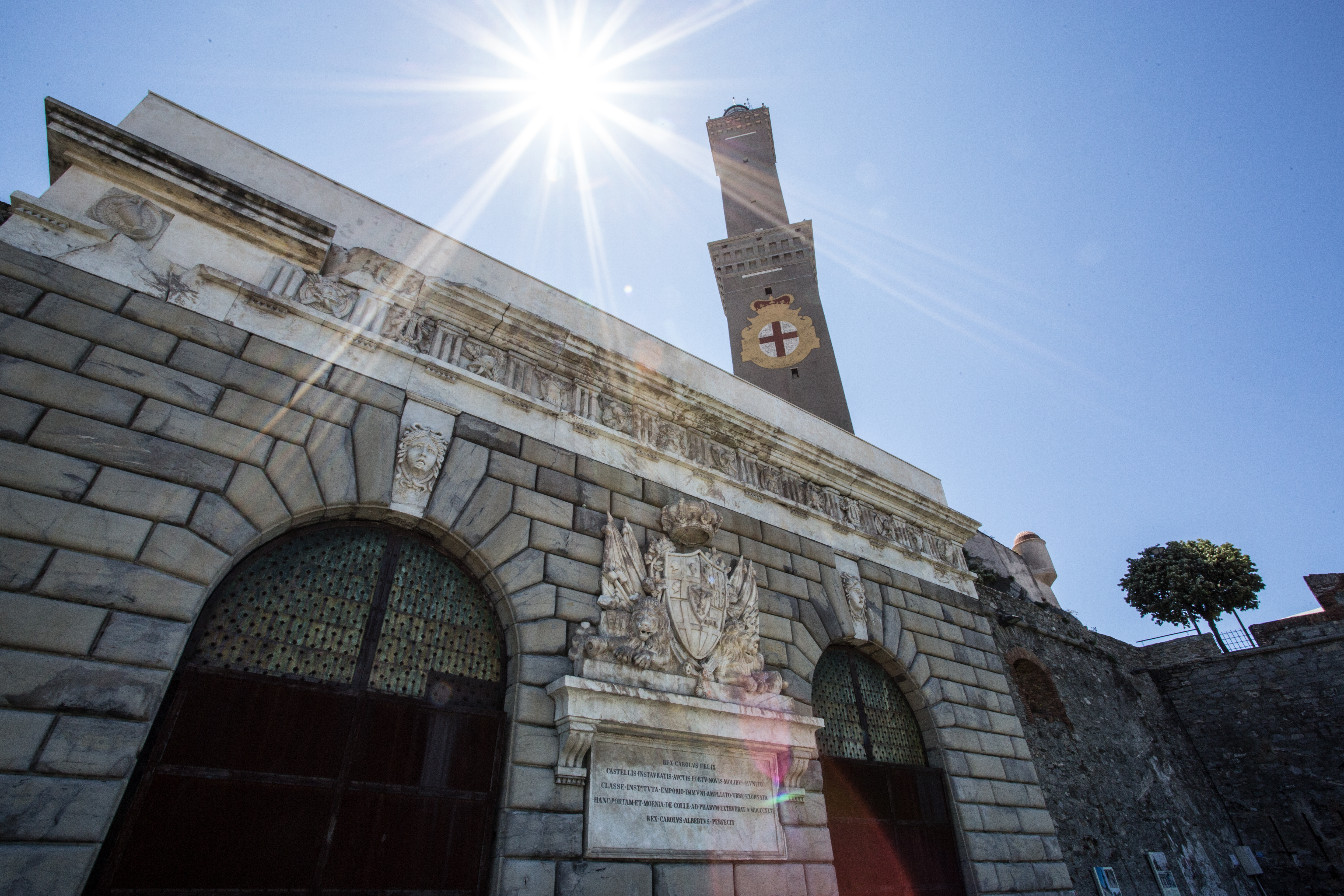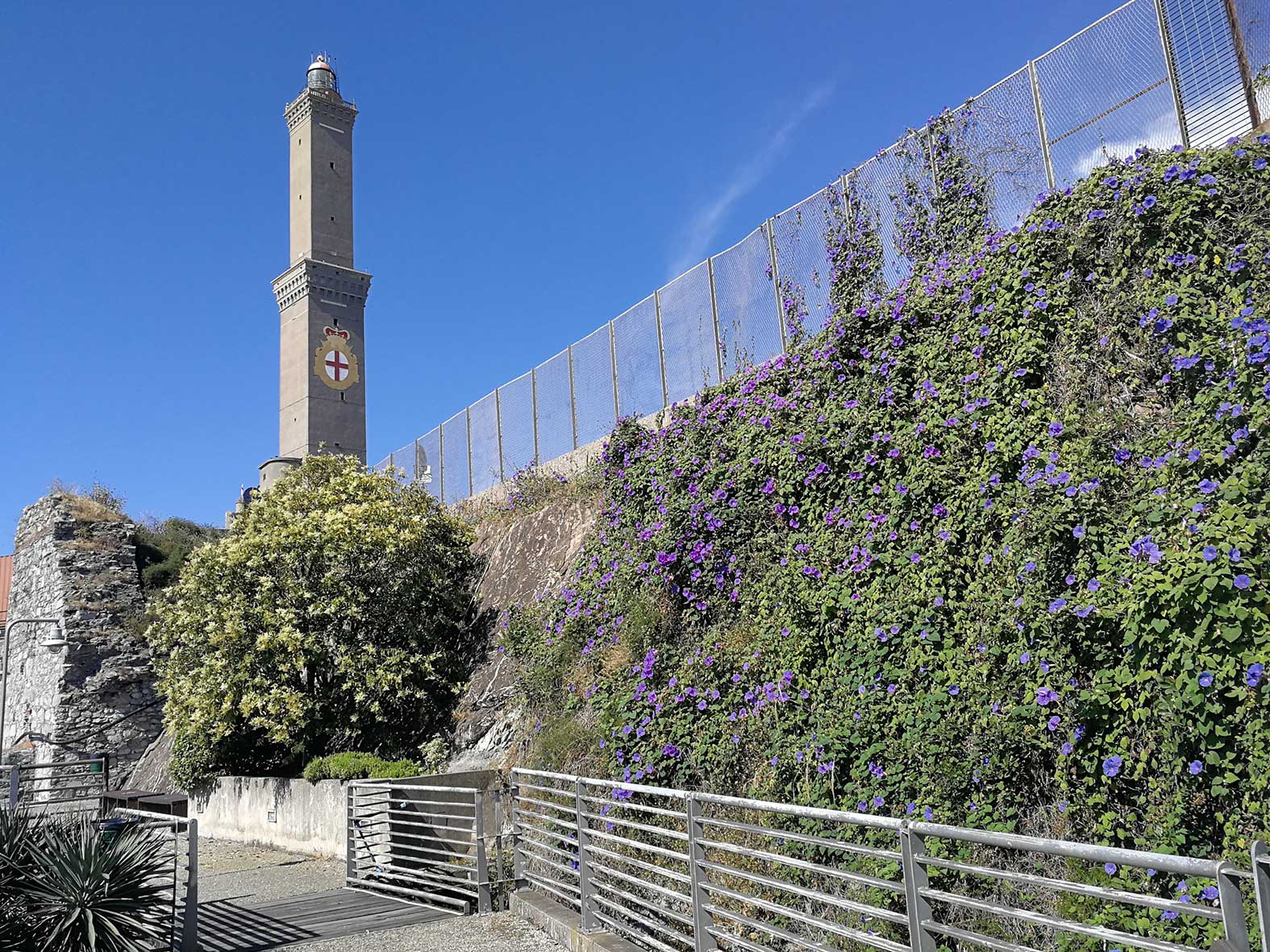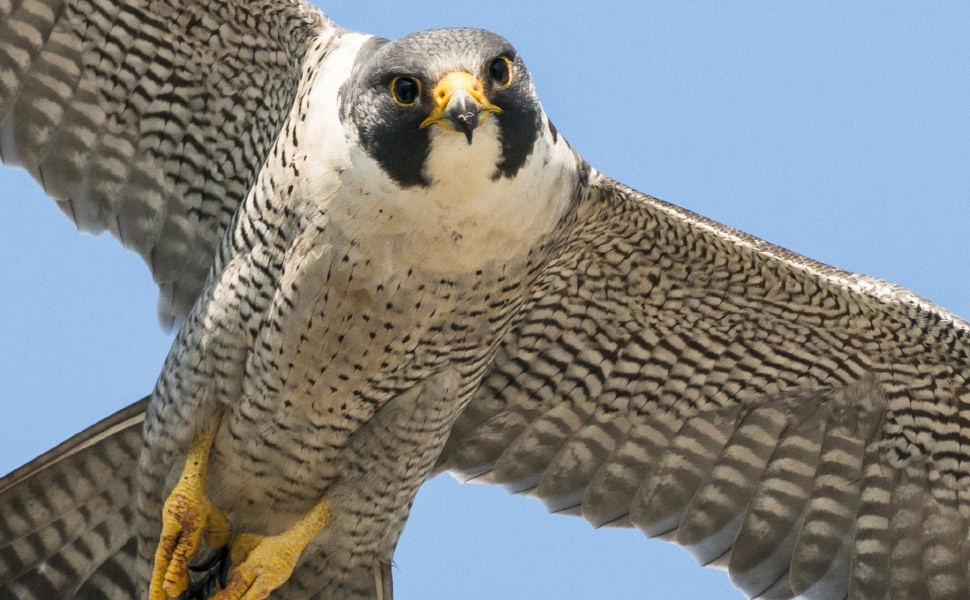
Click here to view image
Peregrine Falcons
A pair of peregrine falcons (Falco peregrinus) guards the Lighthouse by generations: they are nicknamed "Zena", from the name of the city (Genoa in the local idiom), and "Cris", diminutive of “Cristoforo” (Colombus, the famous genoese captain and explorer).
Every year, the couple have at least two chicks (3 in 2015). They are supported by LIPU, the Italian Society for Protection of Birds. In case of need for help, they are supported also by the ENPA (the National Association for the Protection of Animals) volunteers.
The peregrine falcon is considered the fastest animal in nature, reaching over 320 km/h (200 mph). They are loyal animals, usually looking for a new partner only after the death of the previous one.
It is not uncommon to find them in the cities, on bell towers or very tall buildings.
(Source and photos from LIPU)

